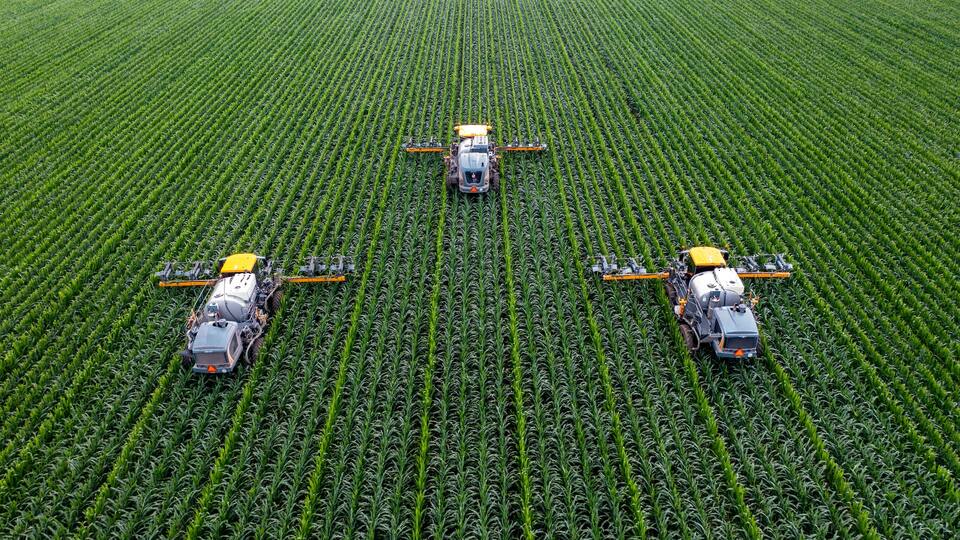How The Internet of Thing has changed (and improved) the agricultural sector
Hello everyone and welcome back to a new article from the our blog!
Today’s topic will focus on the themes of Agriculture 4.0 and IoT and how it is precisely the agricultural sector that can benefit most from innovations in Internet of Things technologies.
especially in the historical context in which we find ourselves today, in which the main issues are sustainability and environmental defense, techniques and ways to optimize work while avoiding damaging ecosystems are increasingly being sought.
In this sense, technologies run to our aid!
In addition, with the advancement of IoT research, we can aspire to improved machinery in terms of production performance.
They assist us in the process of increasing productivitythus improving both the final profit and the management of the land itself.
We therefore speak of ecological transition and agriculture 4.0. i.e., the transition from a traditional agricultural system to one in which technological innovations flank the agricultural methods used until now.
The ecological transition is a central theme of the United Nations 2030 Agenda, that is, the global reference plan that has as its main objective the resolution of problems that face our planet.
Let’s look in a little more detail at what is meant by agriculture 4.0.
When we talk about agriculture 4.0, also known as smart agriculture,we mean the use of technology in favor of interventions that aim to collect and analyze large amounts of data, transmitted through innovative tools such as, for example, drones and sensors.
But what can be useful data to keep track of?
Soil moisture, luminosity, temperature are just some of the information that can help the farmer or agronomist monitor the environment and arable land, optimizing the entire production process and increasing the final profit, both qualitatively and quantitatively.
Let’s now see what tools and technologies are most widely used in the world of smart agriculture.
In the first place we have, surely, the use of drones and sensors, that is, devices capable of monitoring and collecting data in real time, and then sending them to a management system capable of processing them and transforming them into useful knowledge and information.
Through this equipment, the farmer can stay up-to-date on the status of his soils and crops at all times, finding problems undetectable to the naked eye.
Let’s think, for example, how much this will benefit agricultural irrigation methods; through such technology, the land can be irrigated only when there is a real need, avoiding unnecessary waste.
The IoT technologies, on the other hand, allow the creation of 4.0 platforms that can connect machinery, which can then exchange data useful for monitoring the entire production process.
There are numerous benefitsthat are derived from such innovations:
- Eerrors and waste are drastically reduced;
- Final revenue is optimizedthanks to monitoring of the entire production process, which also leads to the generation of more sustainable food and products;
- The production costsand the resources available;
- The working conditionsof farmers are improved.
are calculated and controlled.
Let us now see what is the position of smart agriculture in Italy today.
Thanks to the numerous incentives allocated in the post-pandemic period, especially those provided in the Rural Development Programs (RDPs), the agricultural 4.0 market is steadily progressing: in 2021 there was a 23% increase over the previous year, reaching a revenue of 1.3 million euros.
In addition, land cultivated with agriculture 4.0 tools is also on the rise, touching 6 percent of total land.
Farmers who decide to adopt at least one smart solution for cultivating their fields are also on the rise, reaching a good 60 percent.
In aid of the ecological transition in Italy there is also the National Recovery and Resilience Plan (PNRR), which promotes forms of support for agricultural enterprises so that the modernization of that sector is favored.
In particular, Transition 4.0is the tool put in place by the Ministry of Economic Development, which has as its main objective the support and facilitation of agricultural enterprises, to stimulate and facilitate the transition to digitization of Italian companies.
More specifically, the NRP allocates an amount of about 13.38 billion for the transition to digitization, in favor of projects aimed at environmental sustainability and digital transformation of enterprises.
In short, agricultural work is changing thanks to technological progress and the digital world, which allows us to take a step forward and embark on a path where the overall goal is to counter the energy and environmental crisis.

